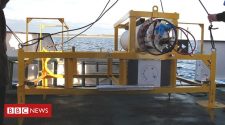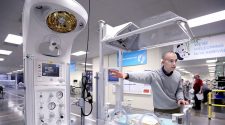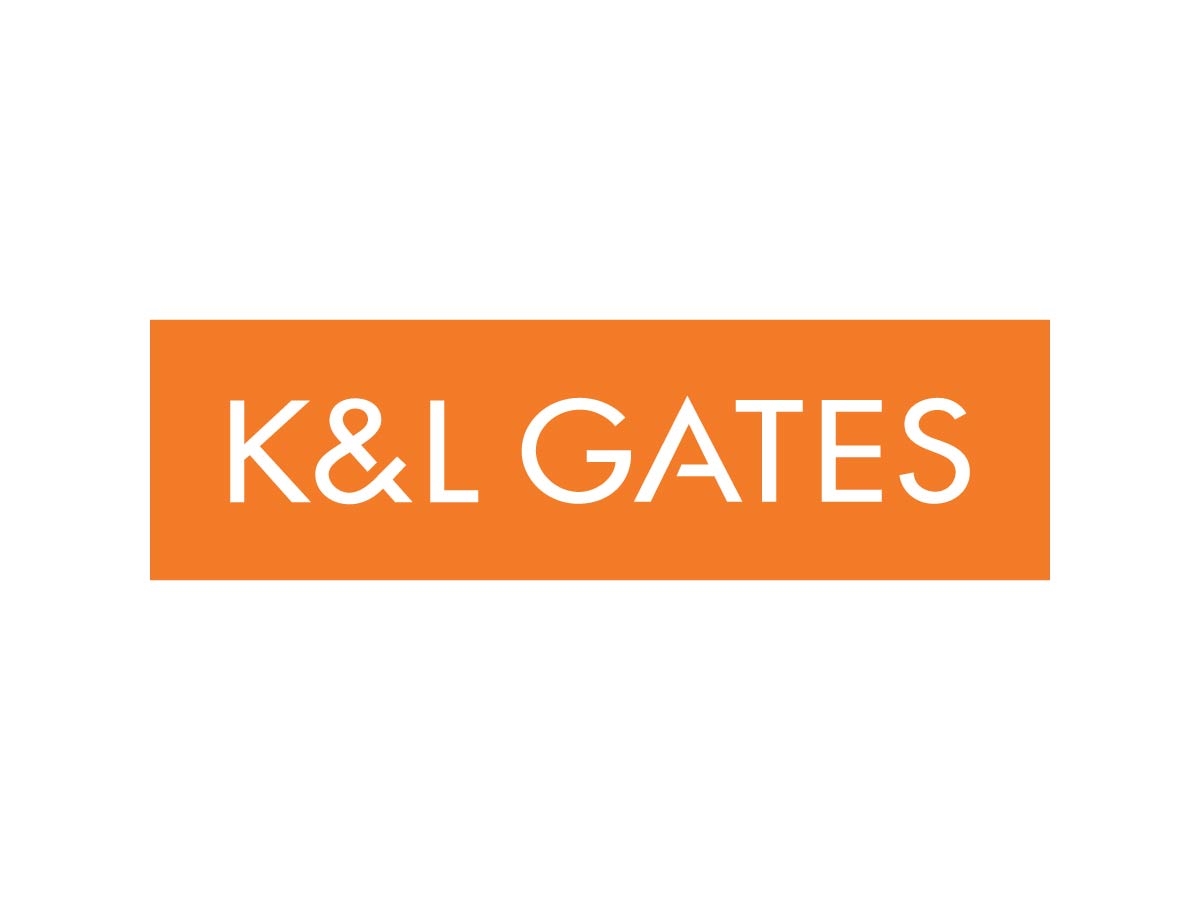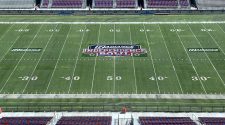The Department of Defense (DOD) and Congress are seeking an aggressive track for hypersonic technology development. After more limited funding in previous years, the FY2021 budget request for all hypersonic-related research was $3.2 billion, an increase from $2.6 billion in FY2020, and Congress has demonstrated support for the DOD effort by inclusion as part of the House of Representatives FY 2021 appropriations.
Although the DOD currently has no program of record for hypersonic weapons, many of the enabling technologies could have dual use applications that the industry could levy into commercial use of the technology. The Congress is poised to fund research and development that would enable hypersonic technology applications across a broad range of applications.
FY2021 Congressional language highlights include:
- A sense of the Congress that the development of hypersonic capabilities is a key element in the National Defense Strategy.
- Direction to improve ground-based test facilities for the development of hypersonic capabilities, such as improving wind tunnels.
- Encouraging the DOD to explore the potential of high and ultrahigh temperature ceramic-matrix composites for the extreme environments experienced in hypersonic flight.
- Recognition on the importance of higher-education institutions in establishing high-quality test facilities and training the future workforce for the development and evaluation of hypersonic technology.
- Requiring reports on:
- Investments being made in next generation hypersonic capabilities; the lack of test facilities accessible to the hypersonic industrial base, and specifically the lack of hypersonic wind tunnels; the number and status of hypersonic contracts in place with small businesses; and a comprehensive inventory of U.S. hypersonic test assets, including those owned and/or operated by universities, government laboratories, Federally Funded Research and Development Centers, and the industry.
- Current capability gaps that will be filled by high Mach and hypersonic aircraft.
The congressional prioritization of hypersonic technology development will create new opportunities for businesses in both the public and private sectors. An increase in government investments will obviously assist those currently tackling the challenges of hypersonic flight for governmental applications. However, companies developing commercial hypersonic systems might be able to develop their core technologies under a government contract and still retain the right to commercialize their products.
Additionally, companies might benefit from the increased FY2021 budget, even if their business does not directly touch hypersonic flight. The key to successful hypersonic technologies will be intrinsically linked to the successful control of non-equilibrium gaseous flows and their resulting surface interactions. As such, any company currently developing materials, mechanisms, and electrical systems capable of operating under extreme conditions (e.g. high levels of pressure, temperature, particulate bombardment, and/or signal distortion) should consider whether their products could be further developed and/or qualified for hypersonic applications.


















